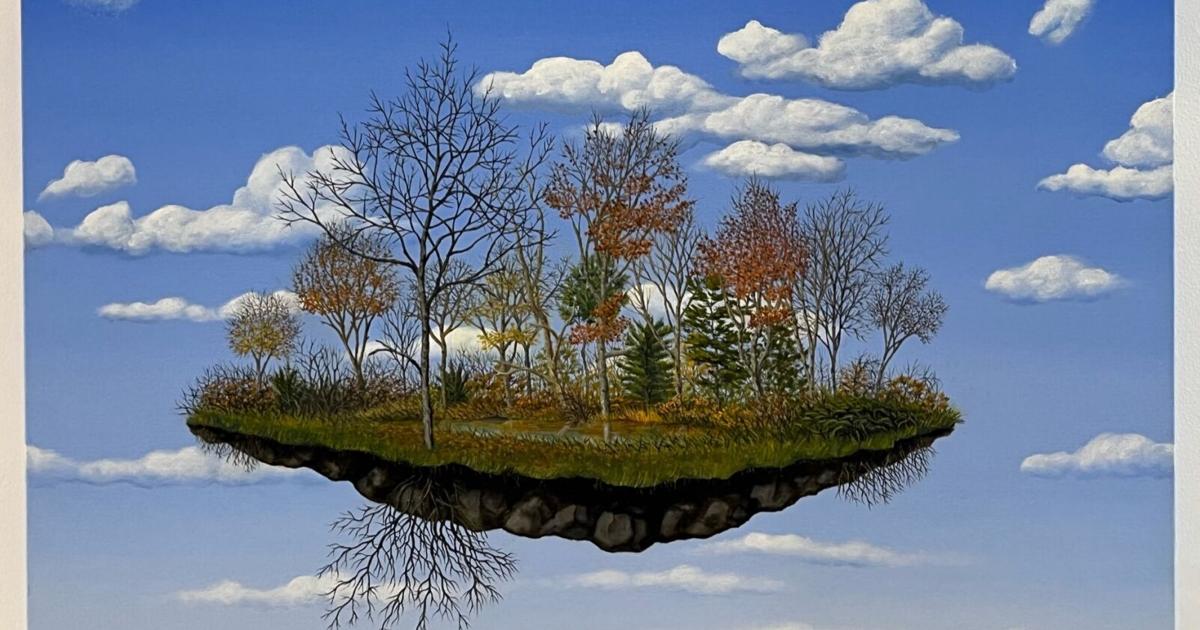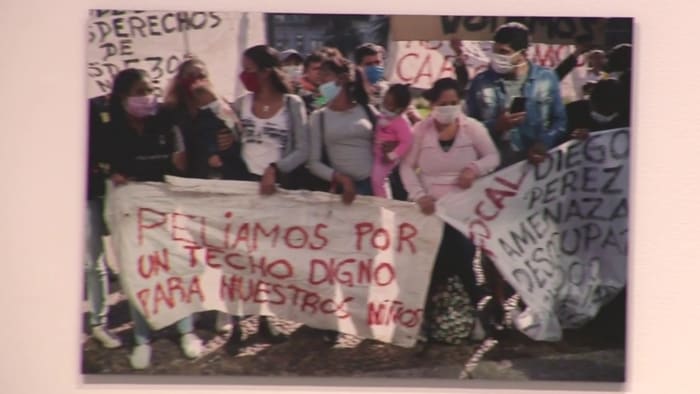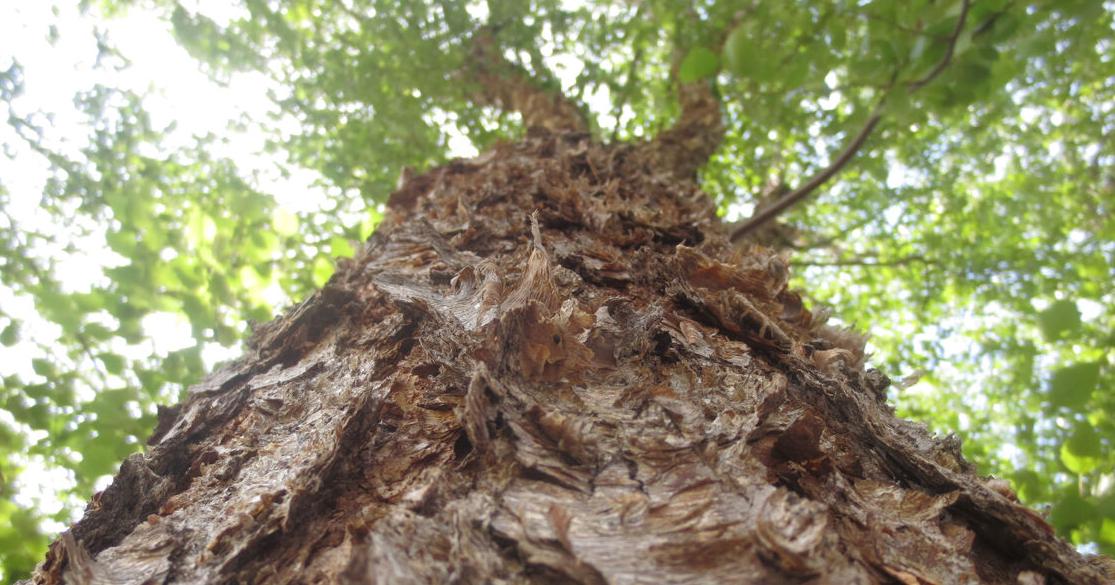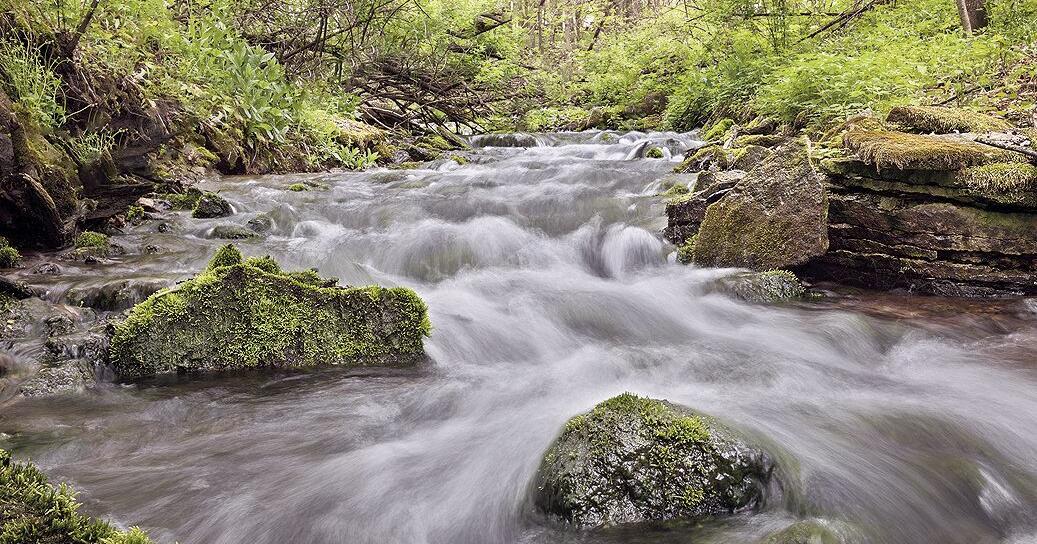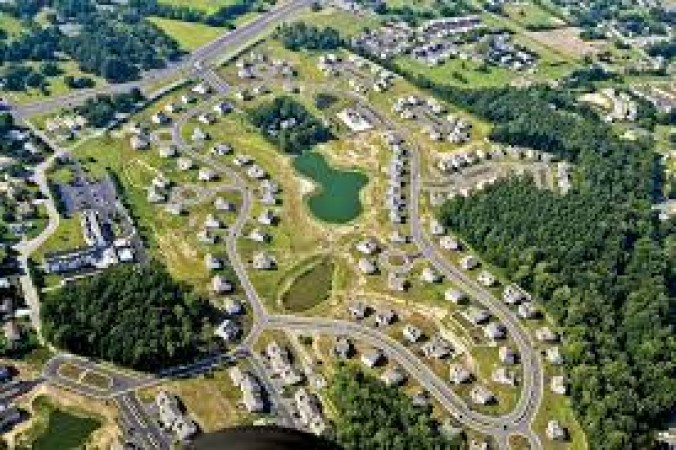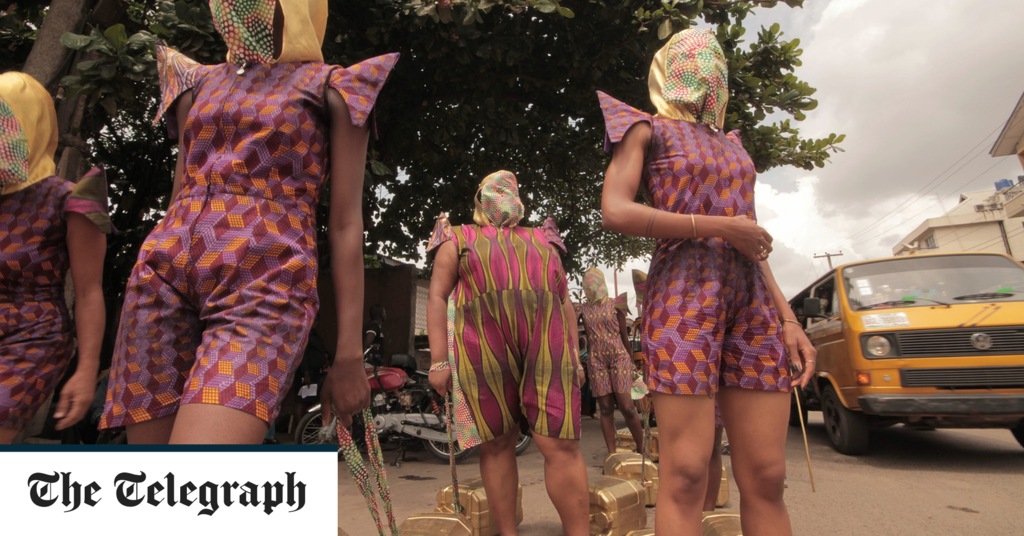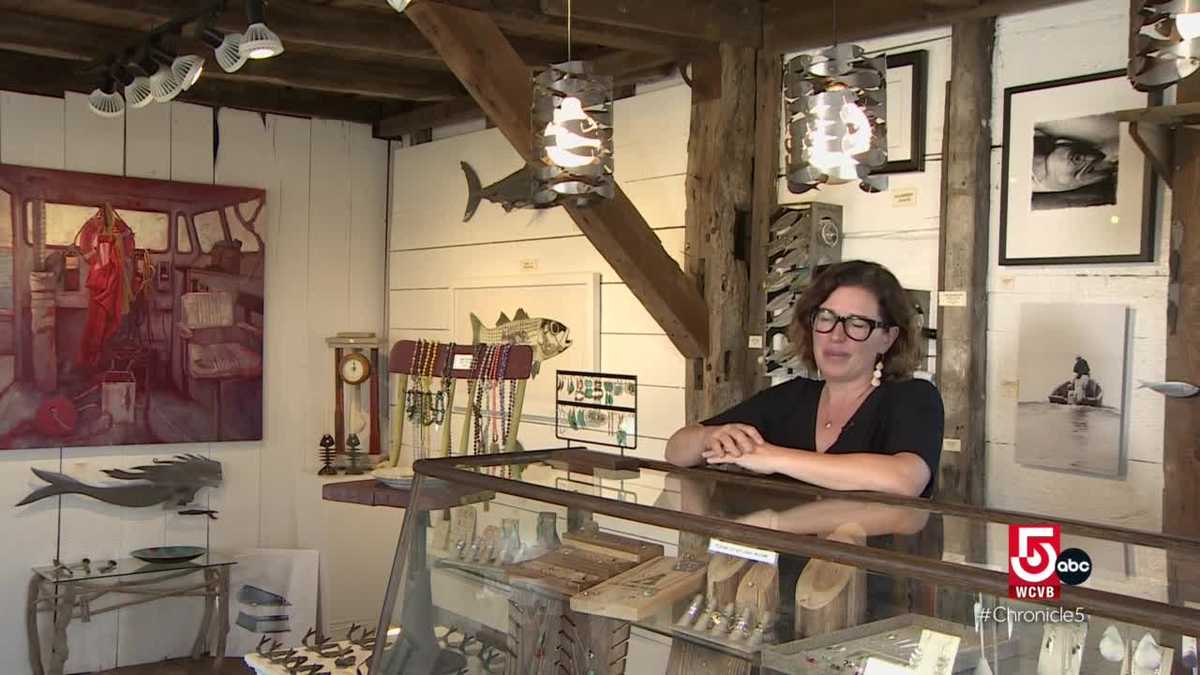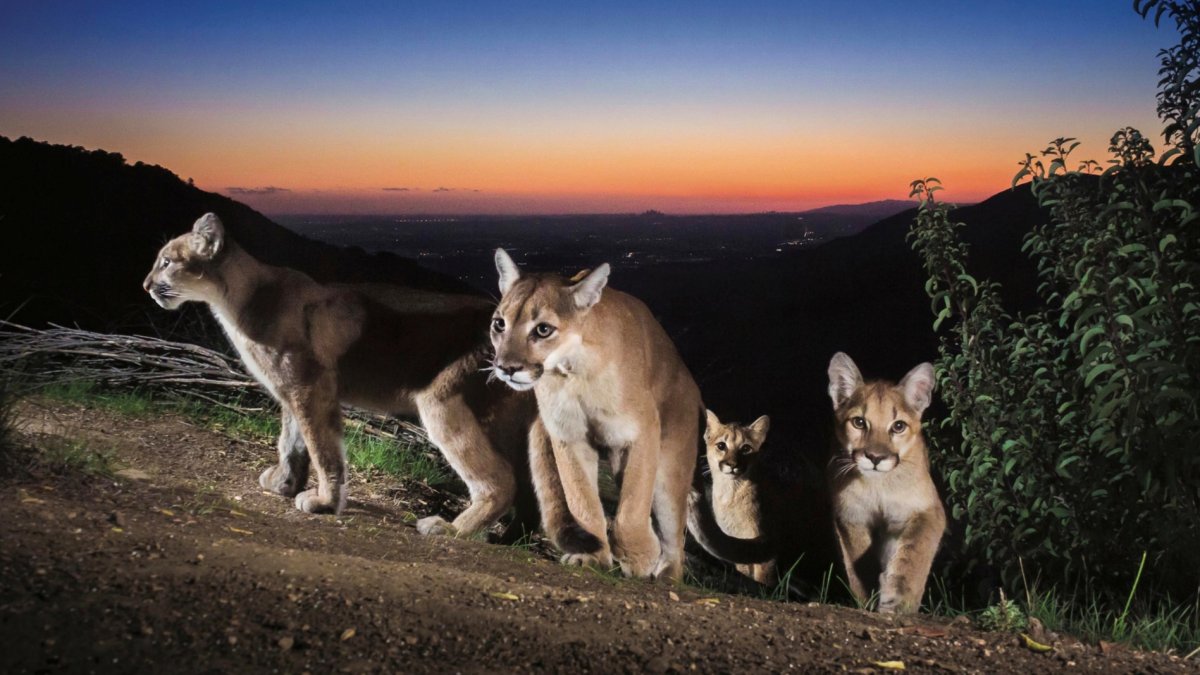[ad_1]
Earlier this month, the ARTI contemporary art gallery in Marblehead kicked off its new exhibition, “Welcome to the Symbiocene”, a series of artwork from 24 different artists centered around the theme of environmental justice.
The exhibit includes artwork created through unique visual mediums such as painting, sculpting, photography, fiber art, and even augmented reality. But while the styles that these 24 artists use are wholly distinct from one another, they all explore humanity’s relationship with the Earth and the struggle to keep nature in balance.
“When we started the gallery back in January, the idea was to have a modern art gallery to provide a platform for celebrated artists, but also to curate exhibits around important themes of our time, and right now for me, that theme is environmental justice. This exhibit is an attempt at saying, ‘Let’s take the theme of environmental justice, and try to bring art together around it, but in a way that’s constructive,” explained TJ de Blij, a professional artist and curator at ARTI.
While searching for and collaborating with New England-based artists whose portfolios include art focusing on the climate crisis, de Blij eventually reached out to Shared Habitat Earth (SHE), a group of Boston-based artists that created a series of work that celebrates the beauty of nature and the worldwide efforts to save it, and exposes the conflicted relationship between humans and their environment.
Barbara Eskin, the founder of SHE, first thought of the words “Shared Habitat Earth” during a nature walk. Thinking about the shared responsibility that humans have as a species to care for the Earth, Eskin began to conceptualize the core themes of SHE before she even knew what kind of organization the title would be used for.
“Since I’m an artist, somebody suggested, ‘Barbara, why don’t you ask your fellow artists if people would like to join in?’ and that happened very fast actually. I spoke with one person and then it just sort of snowballed. The idea was to put the subject on the table, but in a pleasant way, not just showing horrific images. So we have this dual mission; we celebrate the beauty of nature, and at the same time we confront people with what’s going to happen if we don’t act now,” explained Eskin.
As the title of the exhibit suggests, much of the included artwork explores the concept of a “Symbiocene”, a direct inverse of the Anthropocene, which is the current period of time in the Earth’s long history where human activity has become the dominant influence on climate and the environment. In contrast, the vision of a “Symbiocene” imagines a world in which humanity’s relationship with the Earth and its resources is not transactional, but mutually beneficial.
“I wanted to keep (this exhibition) constructive, without too much doom and gloom. Because if I’m depressed, I’m turned off. It doesn’t make me passionate. But we can make things better. We just need a vision of the future to help people make change. That vision of the future, or that attractive, new desired state that can motivate people to act is what I call the ‘Symbiocene,’” explained de Blij.
While the exhibition includes work focusing on the Anthropocene, and the current-day conflict between humans and the environment, much of the work explores how this concept of a “Symbiocene” could depict a future where nature’s balance is ensured.
CJ Lori, whose “When the Trees Leave” series depicts landscapes where trees are uprooting themselves and floating away, leaves the viewer to contemplate why nature would choose to abandon us. The way in which the viewer’s perspective follows the trees on their journey over rolling hills also appears to create a vision of the “Symbiocene” in which humanity and nature can exist together, if we’re able to adapt and possibly give the trees their space.
Some of the included artists, such as celebrated painter and climate activist Lisa Reindorf, have work such as “Sinking Cities” or “Ocean Invaders” to explore the Anthropocene and the conflict between human development and nature’s overwhelming power. In some of Reindorf’s paintings, man-made geometric landscapes clash with colorful natural patterns to form a chaotic scene that, while beautiful, shows the potential consequences of sea level rise on the landscape.
“This subject can bring forward such negative emotions,” said Eskin. “But at the same time, love is a very powerful motivator. Love of nature will make people act, but we can’t just show beautiful pictures of nature. So that’s where this tension comes in between showing the beauty of nature and expressing concern for it.”
Third-grade students from Marblehead Public Schools will tour the exhibition this week, with guiding questions to think about about how humanity can collaborate with nature instead of destroying it.
The exhibition will run until Sunday, Sept. 17.
[ad_2]
